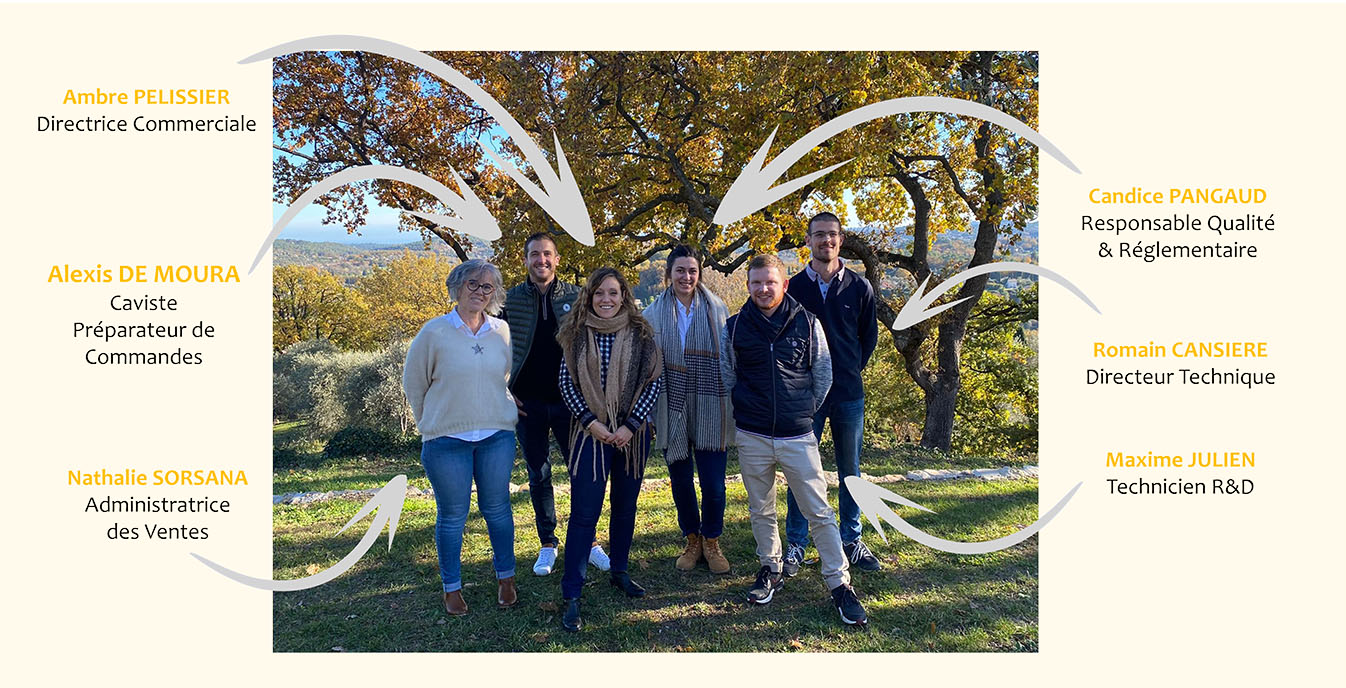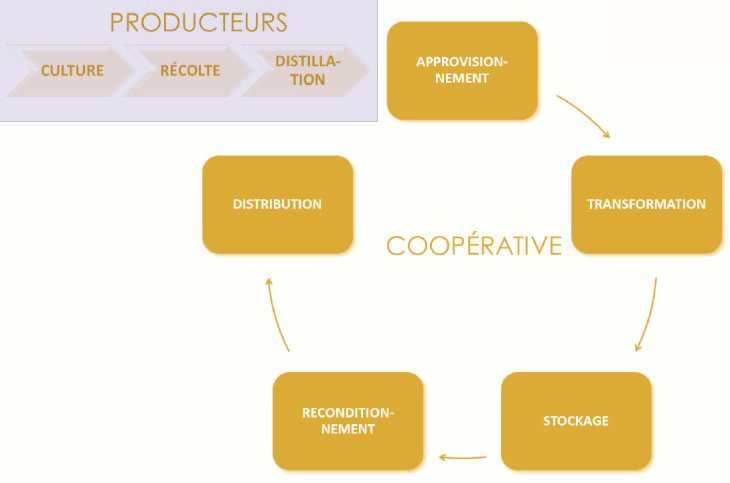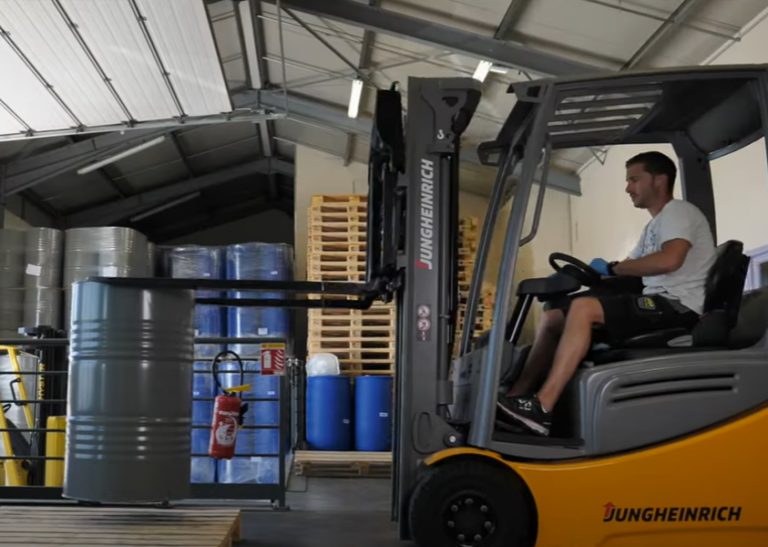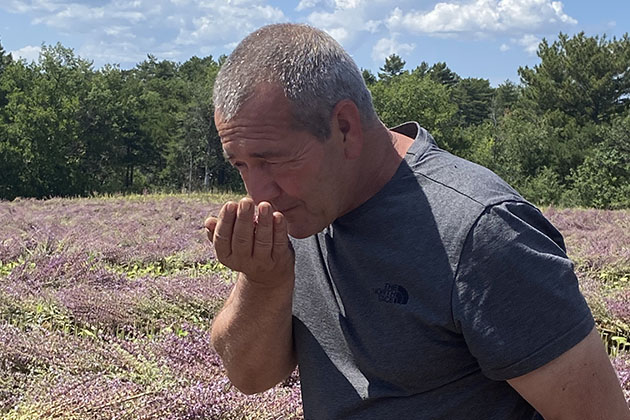Expertise at the service of our customers partners and farmers members
Collecting and selling Essential Oils
Samples are taken from our members during the summer distillation period to assess the quality of the Essential Oils produced. If the products meet the expected standards, they are then collected from September onwards at our storage sites in Puimoisson or Simiane la Rotonde.
The collected oil is weighed, filtered, and pooled in a tank, where it is then stored. The homogeneous batch is then analyzed in a laboratory and sampled to customers according to the required specification, with the technical documentation.
Once the customer has validated the price and quality, the order is prepared with a new filtration stage prior to packaging, in packs ranging from 1 kg to 900 kg, before being collected from our site or delivered by SCA3P according to the Incoterm and logistics model negotiated.
Supporting and federating producers
Our technical team has genuine expertise in the management of perfume plant crops, which it makes available to our members. We offer full support to growers wishing to change their cultivation methods.
Throughout its history, SCA3P has worked extensively on the development of machinery, developing for example a shredder to manage weeds and another to work on coriander seeds. Its role is also to federate its members farmers and act as their spokesperson.
SCA3P also puts its know-how at the service of innovation to meet specific customer needs through the development of new varieties. At the same time, studies and trials are carried out throughout the year to implement more responsible and sustainable practices, while meeting regulatory requirements, societal expectations and technical challenges linked to climate change.
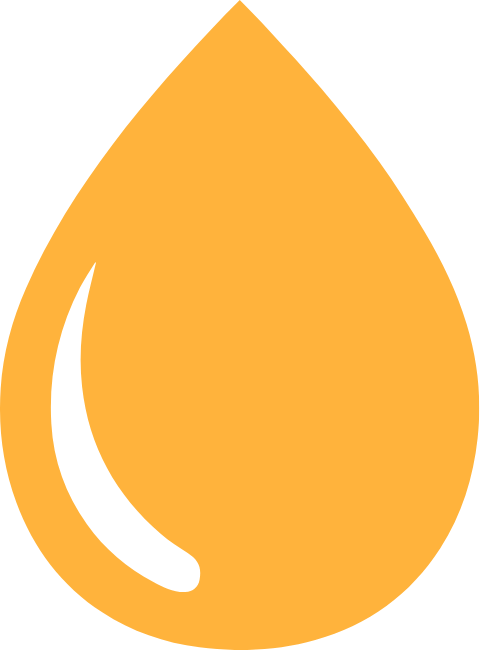
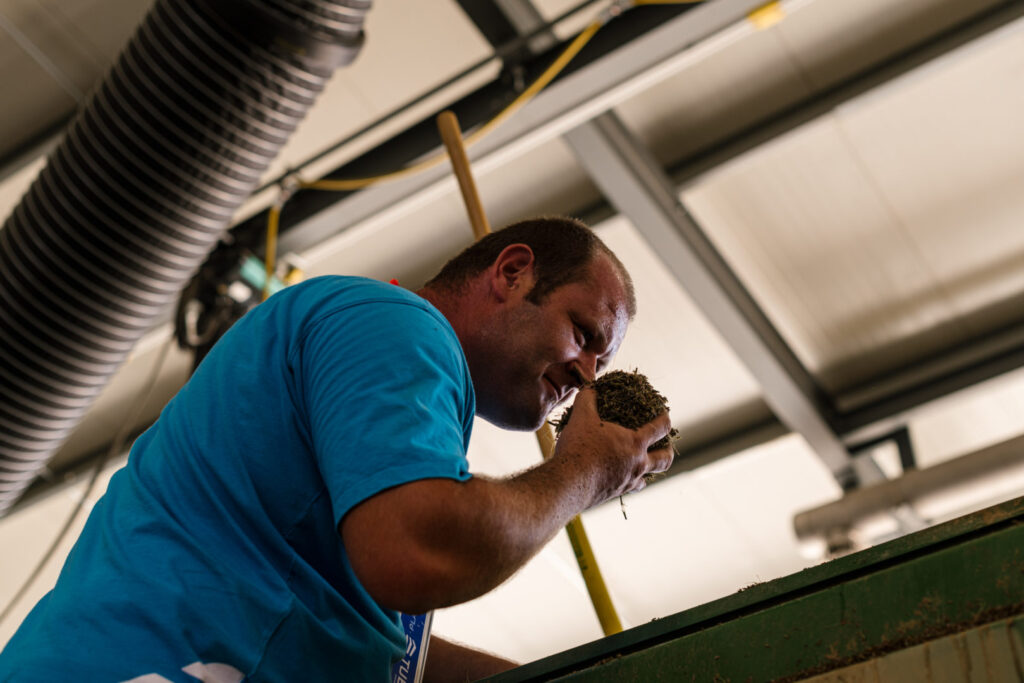
The specific features and advantages of the cooperative model
SCA3P was created in 1979 by a handful of growers who wanted to join forces to free themselves from the yoke of traders and brokers. Grouping together in a cooperative was the ideal solution to combat this system, which is often not very advantageous for producers.
The cooperative operates on a totally egalitarian basis. It belongs entirely to the farmers, who all have the same vote, regardless of the quantity they supply. Policy is defined by a Board of Directors made up of a dozen farmers elected at the Annual General Meeting, which meets at least four times a year to define and steer the major strategic directions.
Unlike a conventional company, which takes a margin on sales, the cooperative is obliged to pay back 100% of its sales net of charges to its members. Growers members benefit from pre-financing of their harvest, up to 50% of the target sales price in September, followed by additional payments in February and June, depending on the actual sales price of the products and the financial capacity of the structure.
Shared passion and values
PASSION pour la production des HE avec un savoir-faire transmis de génération en génération
FAIRNESS through a fair remuneration of producers, who all have the same voice within the cooperative
RESPECT FOR THE ENVIRONMENT through an ethical and responsible approach to production and sales
QUALITY through multiple analyses to guarantee compliance with regulatory requirements and product traceability
PERFORMANCE thanks to our expertise in blending, technical support for producers and in-depth knowledge of the market
CONFIDENCE in our members and customers partners, for the ongoing development of the industry.

A presence in 4 main markets
Fragrance
Fine &
Functional
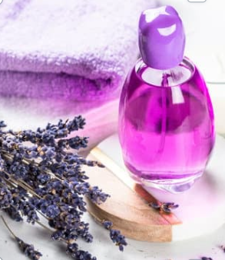
Aromatherapy
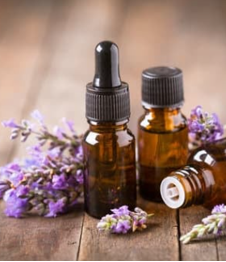
Cosmetics
& Pharmaceuticals

Food Industry

SCA3P sells its products to end-users and distributors and has around a hundred customers worldwide, with exports accounting for over 70% of sales. The cooperative has acquired genuine expertise in logistics and works with several forwarding agents to ensure deliveries to any country, in compliance with current regulations.
We are committed to building lasting relationships with our customers, based on trust and transparency, and encourage the establishment of long-term contracts with major users to ensure the long-term future of the industry.
A 100% dedicated team to meet your needs
A word from Jean-Michel COTTA, Chairman
We've been producing essential oils in Puimoisson for several generations, and my son is in the process of setting up his own business. It's a real family affair. I've been a cooperative member since I set up, and Chairman since 2011.
I quickly understood the importance of the collective, which is why I wanted to become Chairman. I remain convinced that to be a good Chairman, you must be a good farmer, and that we have a role to play in the development of our region. I want agriculture to be chosen, not imposed. The cooperative is one way of achieving this.
